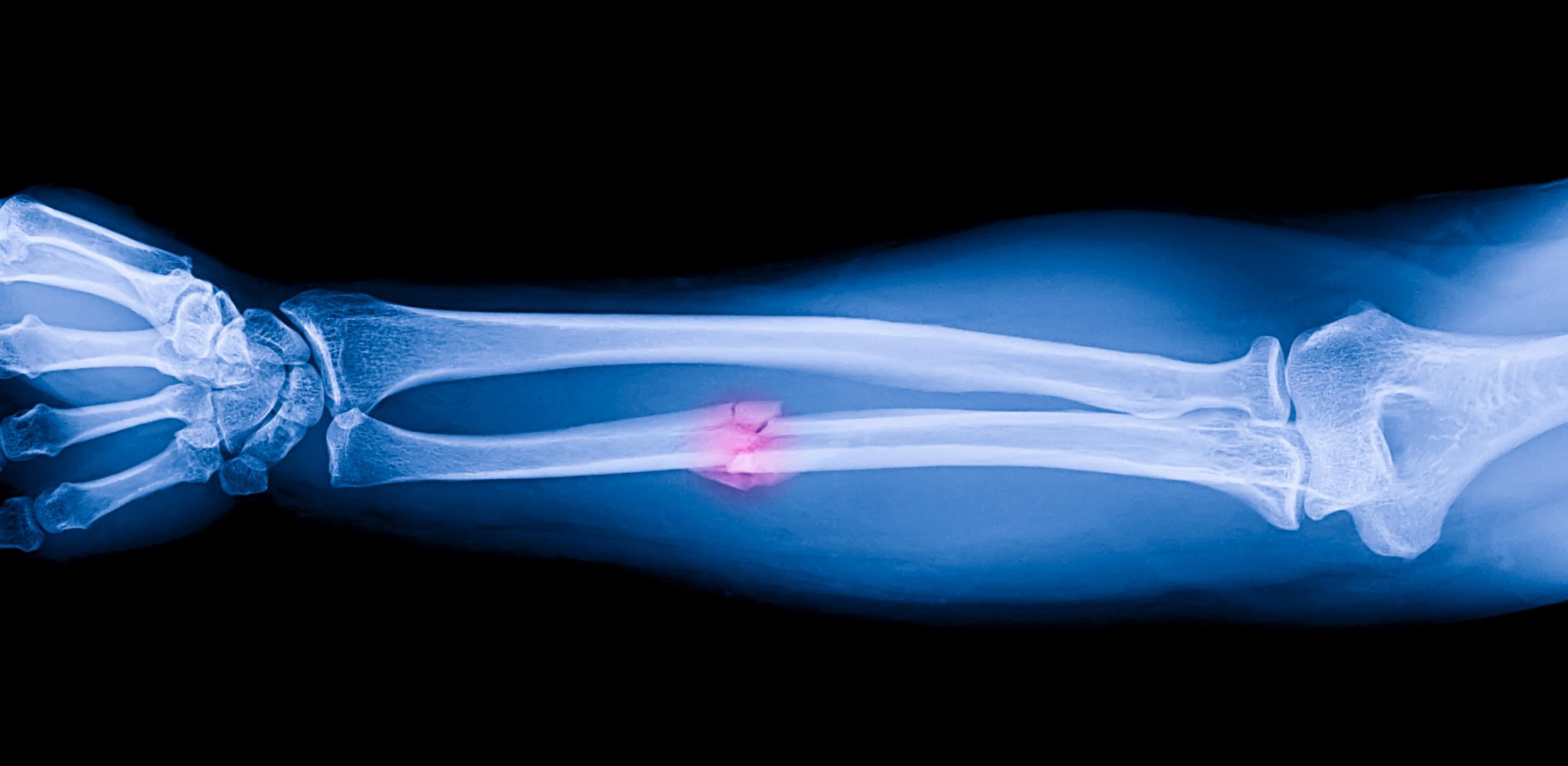
How are forearm fractures fixed?
Fractures in the forearm can be highly detrimental to patient quality of life as it impacts the ability to complete everyday tasks. As healthcare professionals we must therefore continue to provide effective treatment that will get the best results for the patients in our care. This means taking into account the severity of the fracture, patient anatomy, and anything in their medical history that could be a concern. In this article, we explain the various ways in which forearm fractures can be fixed.
Diagnosing a forearm fracture
A fracture in the forearm can affect the radius bone, the ulna bone, or both. Additionally, the nature and location of the fracture will need to be established. This is because different bone fractures require different approaches to treatment. For instance, a complex radial head fracture will require more extensive work to fix than a simple hairline fracture towards the middle of the bone. We discuss in greater detail the different methods for fixing a forearm fracture below.
The recent research ‘Insights and trends review: the role of three-dimensional technology in upper extremity surgery’ attests to the importance of 3-D technology in upper limb procedures. Detailed internal mapping images like those produced by L3D Osteotomy Planning technology gives surgeons the ability to accurately predetermine many key actions that will be taken in the procedure. This includes the location of incisions, which cuts need to be made, and the instrumentation that’s best suited to the procedure. The guides that are created specific to the patient’s anatomy, greatly increasing accuracy.
Ways to fix a forearm fracture
When a patient comes in exhibiting signs of a forearm fracture and once it has been assessed, practitioners must then construct a treatment plan. If this includes surgery, L3D Osteotomy Planning technology is now available to help simulate surgical solutions for upper extremity fractures. By creating detailed and accurate models of the patient’s anatomy, surgeons are able to plan procedures holistically. As mentioned, the treatment used will depend on a range of factors which the surgeon must consider.
Open reduction and internal fixation (ORIF)
Complex forearm fractures typically require a surgical procedure where the bone is accessed directly through an opening made in the skin. Hardware is then implanted at the fracture site to stabilise the two ends of the bone and maintain proper alignment for healing. The FREEFIX Forearm Plating System has been designed to mimic callus formations and strengthen the forearm bones following fixation. Medical professionals can use this product for dynamic compression on both the radius and ulna. Another option is the GEMINUS Distal Radius Volar Plate. This system is designed for the added fixation of marginal fragments and the protection of tendons.
In rare cases, external fixation may also be used to achieve healing in the bones of the forearm. This is typically only recommended in instances where internal devices are hindered by the presence of swelling or other soft tissue damage.
Casting
A healthcare professional may be able to use closed reduction to manipulate bones without the use of surgery. Achieving alignment in this way is typically only possible in cases where there hasn’t been significant bone displacement. A medical grade cast or elbow splint such as the Jake Design eXo Elbow Splint will then need to be worn for a number of weeks to promote healing.
Intramedullary nailing
Metal rods are inserted into the fractured bone to provide stability at the fracture site. This is not regularly used unless the fracture has occurred in the shaft of the radius or ulna.
Physical therapy
Depending on the nature and severity of the injury, non-surgical treatment options can be available. Various exercises may be recommended to restore range of motion to the forearm and allow the limb to return to full usefulness. A healthcare professional will advise the patient on when exercises should start and which ones they should do to help aid in recovery. Each patient’s rehabilitation process will differ based on the type of forearm fracture they received, as well as any underlying health conditions.
European and UK orthopaedics distributor
LEDA Orthopaedics stocks a range of instrumentation and systems for the treatment of fractures across the body. This includes fractures to the lower extremities, clavicle, hand, and pelvis. All the suppliers we work with are pioneers in the field of orthopaedics, implementing technologies that improve efficiency and delivery better results. Contact us to speak with a member of our team. We pride ourselves on being a trusted provider of niche trauma implants and innovative prostheses.